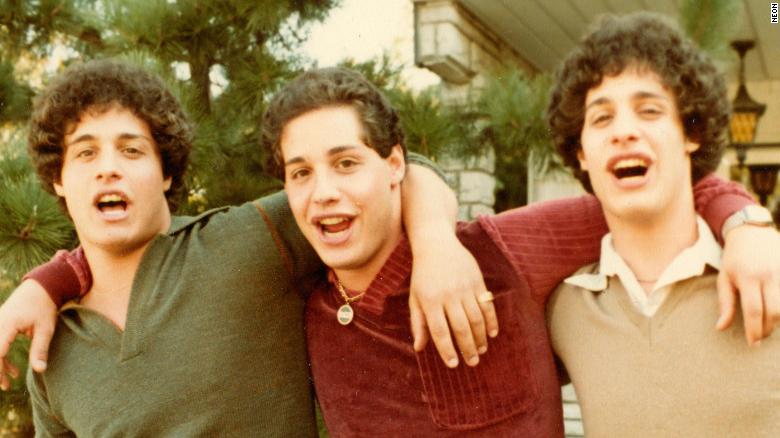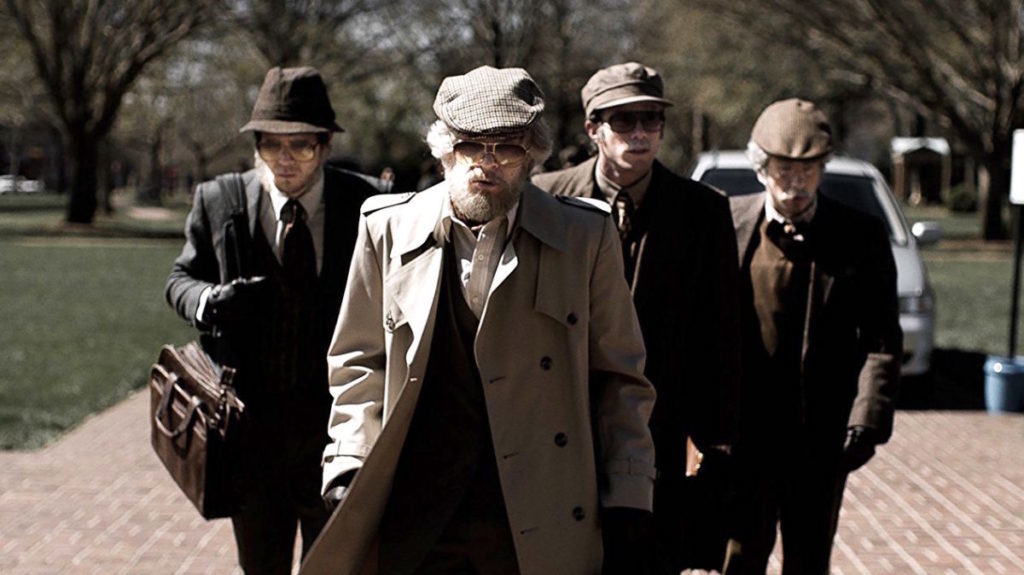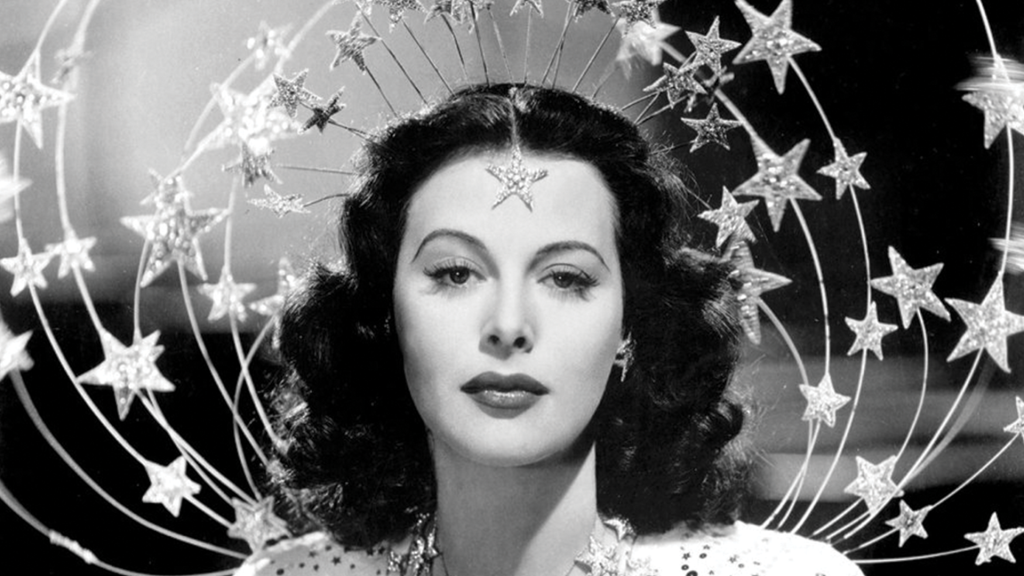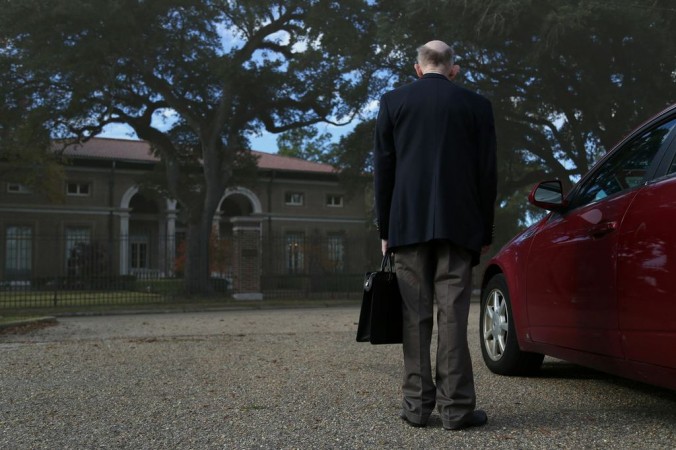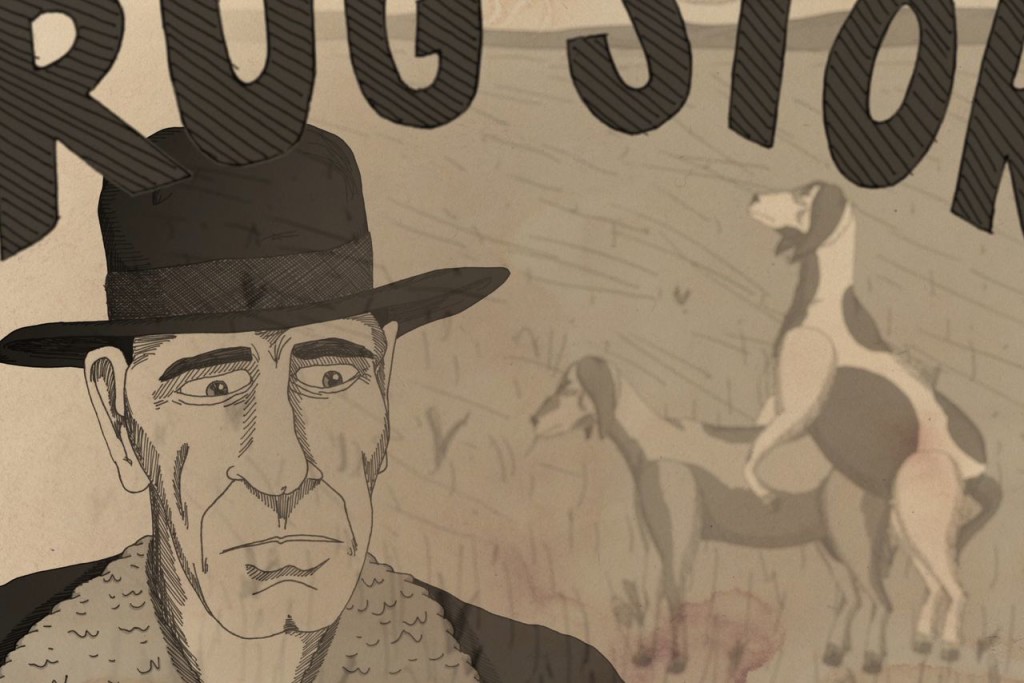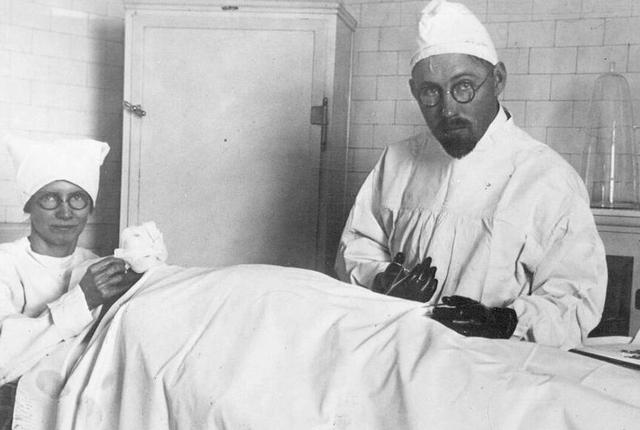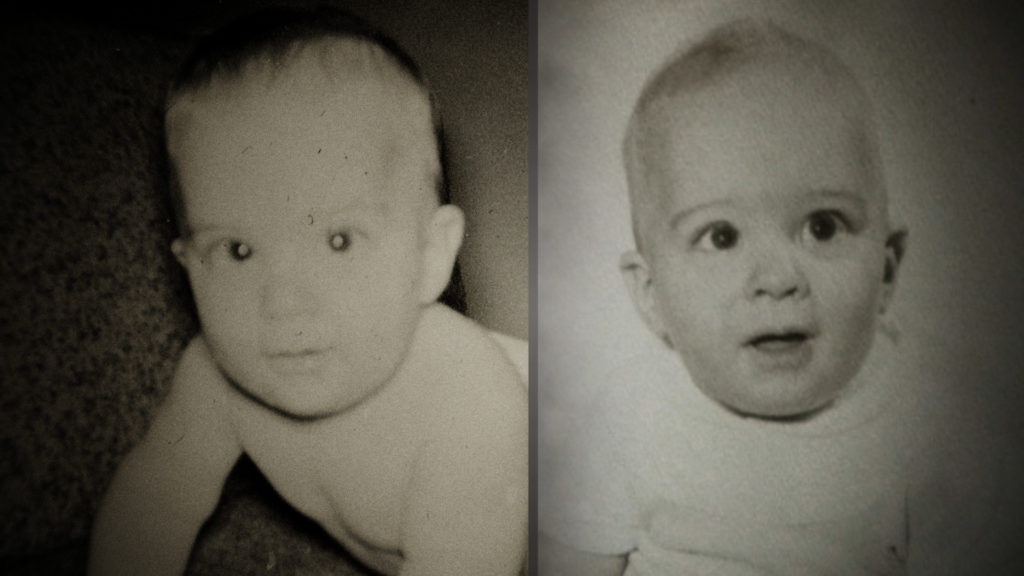
The startling and moving documentary The Twinning Reaction tells the story of a Mad Men-era research project and its profound human impact. To perform a longitudinal study of nurture vs. nature, researchers INTENTIONALLY separated identical twins and placed them with families that the researchers kept in the dark. The placements occurred AFTER the twin babies had bonded together in the crib for many months. Legally and ethically sketchy at the time, this is monstrous by today’s standards, and, in fact, caused harm to the adoptees.
Somehow, some of these twins learned the truth as adults and located their birth siblings. In The Twinning Reaction, we meet three sets of separated identical siblings. Because we meet the subjects of the study, the effects of separation are clearly apparent and highly personalized.
Writer-director Lori Shinseki has found an amazing story and source material to match. In a gripping 52 minutes, she weaves it into a coherent and compelling story.

The most astonishing set of sibs are triplets which are the subject of a film in current theatrical release, Three Identical Strangers. The Twinning Reaction focuses on the study; we meet several sets of twins, and the triplets are the jaw-dropping final act. Three Identical Strangers focuses on the triplets and then takes a more current dive into the study.
The Twinning Reaction’s world premiere was at Cinequest two years ago. The Twinning Reaction is not yet available to stream, so your only chance to see it will be at the San Francisco Jewish Film Festival this July and August.


